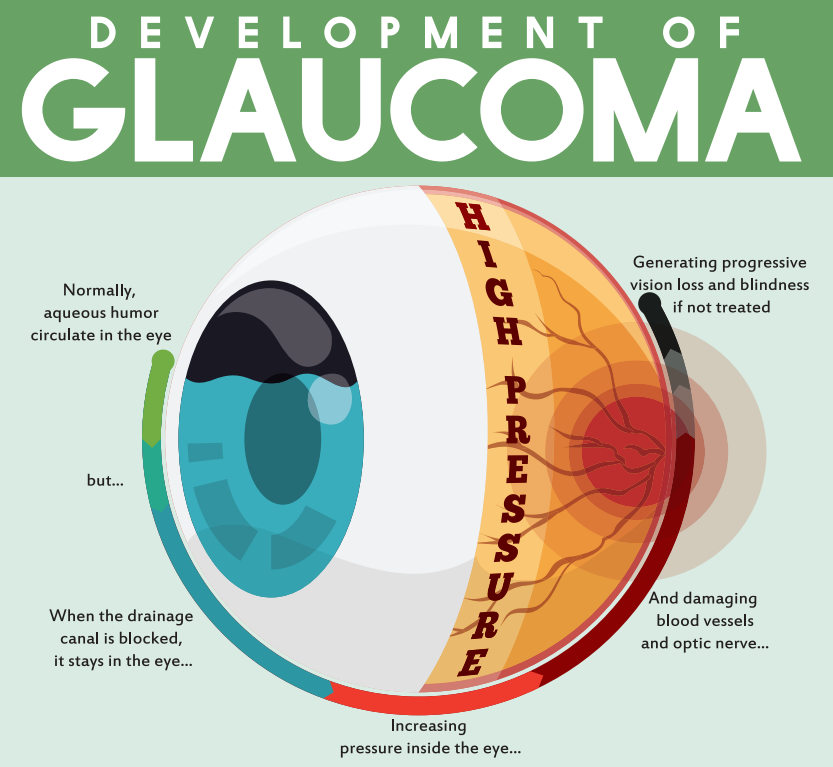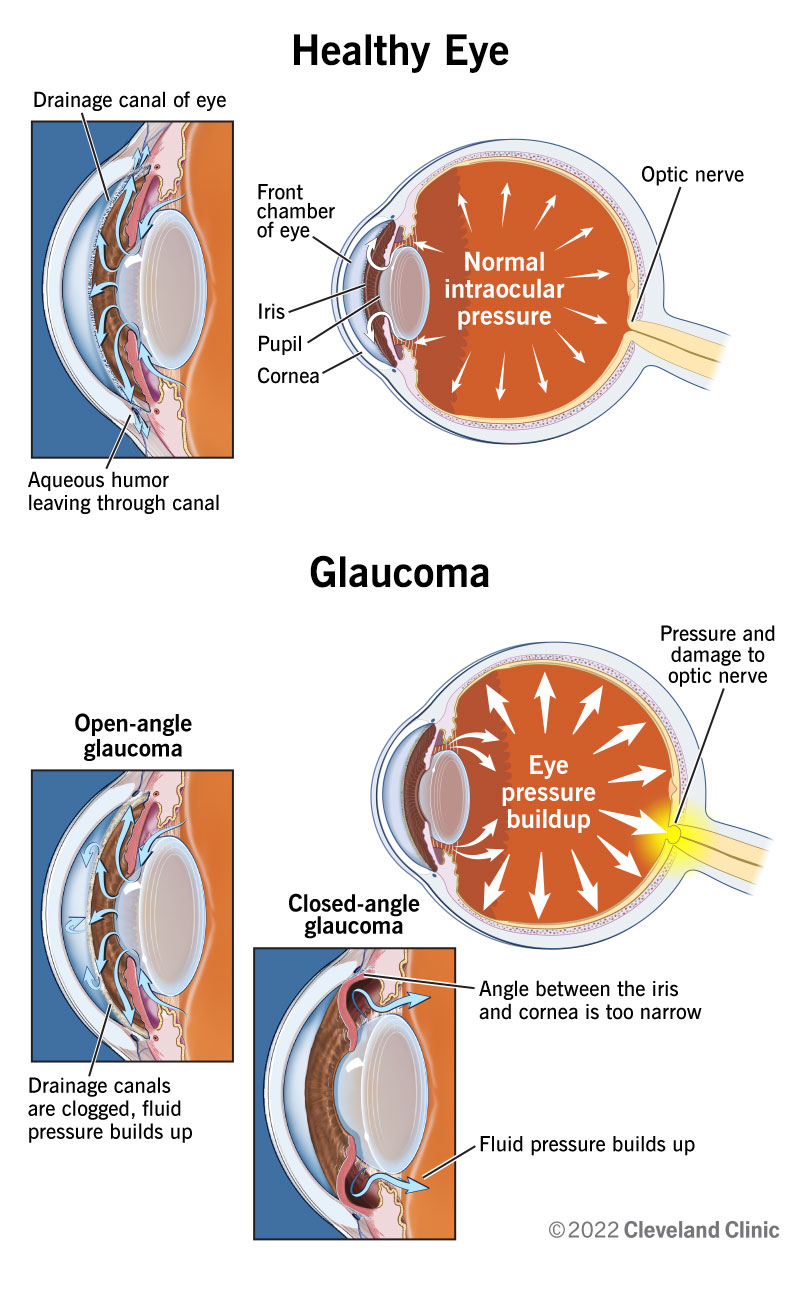Local Glaucoma Service Near Me: Early Detection and Treatment Options
Local Glaucoma Service Near Me: Early Detection and Treatment Options
Blog Article
Recognizing the Various Vision Modification Procedures Available for Clearer Sight
In the world of vision improvement procedures, a wide range of choices exist to resolve refractive errors and provide people with more clear view. From the extensively acknowledged LASIK surgical treatment to less invasive treatments like PRK and implantable lenses, the area of ophthalmology uses a series of techniques tailored to fit different needs and preferences. Each treatment comes with its very own collection of factors to consider, advantages, and possible risks. Comprehending the nuances of these vision adjustment approaches is essential for making notified choices about one's visual health. Let's explore the intricacies of these procedures and shed light on the course to achieving improved vision clarity.
LASIK Surgical Procedure
LASIK surgical procedure is a common refractive procedure made use of to fix vision issues such as farsightedness, astigmatism, and nearsightedness. This medical method, which stands for Laser-Assisted in Situ Keratomileusis, aims to improve the cornea to enhance just how light is focused on the retina, ultimately enhancing vision clearness.
One of the main benefits of LASIK surgical treatment is the quick improvement in vision experienced by patients. Numerous people see a substantial improvement in their sight right away after the treatment. Furthermore, most clients report very little discomfort and pain during the surgical treatment and healing period. The recovery time for LASIK is fairly fast, with lots of people going back to their everyday activities within a day or two post-operation. Generally, LASIK surgical procedure is a preferred selection for people looking for a long-term remedy for their vision issues.
PRK Treatment
While also a common refractive procedure, the PRK (Photorefractive Keratectomy) method differs from LASIK surgical treatment in its technique to dealing with vision troubles. In PRK, rather than producing a flap on the cornea, the external layer of the cornea, called the epithelium, is entirely gotten rid of. This allows the laser to improve the cornea to correct refractive errors such as astigmatism, farsightedness, and nearsightedness directly externally.

In spite of the longer recuperation time, PRK can produce excellent results in vision enhancement, making it a useful option for those who may not be appropriate candidates for LASIK surgical procedure.
Implantable Lenses
As opposed to PRK where the cornea is reshaped straight, implantable lenses offer an additional approach for dealing with vision by putting fabricated lenses inside the eye. This treatment is especially beneficial for people with high degrees of farsightedness, nearsightedness, or astigmatism who may not appropriate prospects for laser surgical treatments like LASIK or PRK.
Implantable lenses, likewise called phakic intraocular lenses, work by supplementing the eye's all-natural lens with a man-made one. retina service near me. These lenses can be placed before the natural lens (former chamber) or behind the iris and before the natural lens (posterior chamber) By changing the power and positioning of these lenses, eye doctors can effectively deal with refractive mistakes and enhance aesthetic skill
One advantage of implantable lenses is that they are exchangeable and detachable, offering adaptability for future changes. As with any kind of surgical treatment, there are click for more info threats included, such as infection or cataract formation. Individuals thinking about implantable lenses ought to consult with an eye treatment expert to figure out the most suitable choice based on their specific demands and eye health.
Corneal Rings
Corneal rings, additionally known as intracorneal ring sectors, are small, clear gadgets inserted right into the cornea to correct vision distortions such as keratoconus. Keratoconus is a problem where the cornea thins and protrudes outward, triggering vision to come to be distorted. The insertion of corneal rings aids to squash the cornea, improving visual skill and lowering the irregular astigmatism created by keratoconus.
The procedure for placing corneal rings is minimally intrusive and relatively quick, commonly done as an outpatient treatment. Throughout the surgical treatment, the eye doctor makes a small cut in the cornea and inserts the rings at a details depth. When in position, the rings assist to improve the cornea, providing a smoother surface area for light to get in the eye, which can result in clearer vision.
Corneal rings are thought about a reversible procedure, as they can be gotten rid of or changed if necessary. retina service near me. While they may not totally get rid of the requirement for glasses or get in touch with lenses, corneal rings can Bonuses dramatically boost vision high quality and total visual comfort for individuals with keratoconus or various other corneal irregularities
Refractive Lens Exchange
Adhering to the correction of corneal abnormalities with procedures like corneal rings, one more vision correction method that can resolve refractive mistakes is Refractive Lens Exchange (RLE) RLE is an operation that involves changing the eye's all-natural lens with a man-made intraocular lens (IOL) to remedy refractive errors such as presbyopia, farsightedness, and nearsightedness. This procedure is particularly beneficial for people that might not be ideal candidates for procedures like LASIK or PRK as a result of factors such as slim corneas or high refractive errors.

Final Thought
In final thought, there are different vision modification procedures offered to help people accomplish clearer sight. LASIK surgical treatment, PRK treatment, implantable lenses, corneal rings, and refractive lens exchange are all choices that can deal with different vision problems.
In the world of vision improvement treatments, a multitude of options exist to address refractive mistakes and supply individuals with clearer sight.LASIK surgical procedure is an usual refractive procedure made use of to correct vision problems such as nearsightedness, farsightedness, and astigmatism.While likewise an usual refractive treatment, the PRK (Photorefractive Keratectomy) method differs from LASIK surgical procedure in its technique to correcting vision issues.Following the improvement of corneal irregularities with treatments like corneal rings, an additional vision adjustment technique that can attend to refractive errors is Refractive Lens Exchange (RLE) LASIK have a peek at this website surgical procedure, PRK treatment, implantable lenses, corneal rings, and refractive lens exchange are all options that can resolve different vision problems.
Report this page